
Load Distribution in Steel Concrete Composite Beams
Load distribution in steel concrete composite beams is a critical aspect of structural engineering that optimizes the synergy between steel and concrete elements. These innovative beams efficiently transfer loads through shear connectors, allowing the steel section to handle tension while the concrete slab manages compression. This harmonious interaction results in a structural system that's stronger, more durable, and often more cost-effective than traditional alternatives. At Shenyang Zhongda Steel Structure Engineering Co., Ltd., we've mastered the art and science of composite beam design, ensuring optimal load distribution for enhanced performance across various applications.
Principles of Load Distribution in Composite Beams
Interaction Between Steel and Concrete
The core principle behind steel concrete composite beams lies in the symbiotic relationship between steel and concrete. The steel section, typically an I-beam, excels at handling tensile forces, while the concrete slab above it manages compressive forces effectively. This division of labor allows each material to play to its strengths, resulting in a structural element that's greater than the sum of its parts.
At Zhongda Steel, we utilize high-strength Q345D steel for our beams, paired with C50 grade concrete. This combination ensures superior load-bearing capacity and durability. Our composite beams can span distances from 30 to 60 meters as standard, with the possibility of extending up to 120 meters with special designs and approval.
Role of Shear Connectors
Shear connectors are the unsung heroes of steel concrete composite beam technology. These crucial components, often in the form of headed studs, create a mechanical bond between the steel beam and concrete slab. This connection allows the two materials to work as a single unit, transferring horizontal shear forces and preventing slip at the steel-concrete interface.
Our steel concrete composite beams feature Φ19×150mm shear studs with a shear capacity of ≥150kN, ensuring robust load transfer and structural integrity. This attention to detail in connector design is one of the reasons why Zhongda Steel's composite beams excel in load distribution efficiency.
Composite Action and Load Transfer
When a composite beam is subjected to loading, the shear connectors facilitate the transfer of forces between the steel and concrete components. This composite action allows the beam to behave as a single, integrated unit rather than two separate elements. The result is a more efficient load distribution, increased stiffness, and enhanced load-carrying capacity compared to non-composite designs.
Our engineering team at Zhongda Steel leverages advanced modeling techniques to optimize this composite action, ensuring that each beam we produce maximizes the benefits of steel-concrete synergy.
Factors Affecting Load Distribution
Beam Geometry and Cross-Section
The geometry and cross-section of a composite beam play a crucial role in determining its load distribution characteristics. Factors such as the depth of the steel section, the thickness of the concrete slab, and the overall span of the beam all influence how loads are distributed throughout the structure.
At Zhongda Steel, we offer customizable beam geometries to suit specific project requirements. Our state-of-the-art manufacturing facilities, equipped with CNC ultra-thick plate cutting and 3-axis CNC drilling systems, allow us to produce beams with precise dimensions and optimal cross-sections for efficient load distribution.
Material Properties
The inherent properties of the steel and concrete used in steel concrete composite beams significantly impact load distribution. Factors such as the elastic modulus, yield strength, and ultimate strength of the steel, as well as the compressive strength and elastic modulus of the concrete, all play a role in determining how the composite beam behaves under load.
We carefully select our materials to ensure optimal performance. Our use of Q345D steel and C50 concrete provides an excellent balance of strength, durability, and workability, allowing for efficient load distribution across a wide range of applications.
Shear Connector Design and Spacing
The design and spacing of shear connectors are critical factors in achieving effective load distribution in composite beams. The number, size, and arrangement of these connectors determine the degree of composite action and, consequently, the beam's overall performance.
At Zhongda Steel, we employ advanced engineering techniques to optimize shear connector design for each project. Our Φ19×150mm shear studs are carefully spaced and arranged to ensure optimal load transfer and structural integrity, contributing to the superior performance of our composite beams.
Benefits of Optimized Load Distribution
Enhanced Structural Efficiency
Properly designed steel concrete composite beams with optimized load distribution offer significant improvements in structural efficiency. By leveraging the strengths of both steel and concrete, these beams can achieve greater load-carrying capacities with less material, leading to lighter and more economical structures.
Our composite beams at Zhongda Steel are engineered to maximize this efficiency, allowing for reduced overall construction weight without compromising on strength or safety. This efficiency translates to cost savings and increased design flexibility for our clients.
Improved Span Capabilities
One of the most significant advantages of well-distributed loads in composite beams is the ability to span greater distances. Compared to traditional steel or concrete beams, composite beams can achieve longer spans with the same depth, or maintain the same span with reduced depth.
Zhongda Steel's composite beams can span standard distances of 30 to 60 meters, with the capability to extend up to 120 meters with special designs. This impressive span range opens up new possibilities in architectural and structural design, allowing for more open, flexible spaces in buildings and bridges.
Superior Vibration Control
Efficient load distribution in composite beams contributes to improved vibration control. The increased stiffness and mass of the composite section help dampen vibrations, resulting in more comfortable and stable structures. This is particularly beneficial in buildings where occupant comfort is a primary concern, such as residential complexes or office buildings.
Our composite beams are designed with vibration control in mind, ensuring that structures built with Zhongda Steel products meet the highest standards of comfort and stability. This attention to detail is one of the reasons why we maintain a 70% client retention rate and have completed over 60 landmark projects.
Conclusion
Understanding and optimizing load distribution in steel concrete composite beams is crucial for creating efficient, durable, and cost-effective structures. At Shenyang Zhongda Steel Structure Engineering Co., Ltd., we combine cutting-edge technology with decades of expertise to deliver composite beams that excel in load distribution and overall performance. Our commitment to quality, innovation, and customer satisfaction makes us a leading choice for steel-concrete composite beam solutions worldwide. For superior structural elements that stand the test of time, choose Zhongda Steel.
FAQs
What are the main advantages of steel concrete composite beams?
Steel concrete composite beams offer enhanced structural efficiency, improved span capabilities, better fire resistance, and superior vibration control compared to traditional beams.
How long can Zhongda Steel's composite beams span?
Our standard spans range from 30 to 60 meters, with the possibility of extending up to 120 meters with special designs and approval.
What materials does Zhongda Steel use for its composite beams?
We use high-strength Q345D steel for the beam section and C50 grade concrete for the slab, along with Φ19×150mm shear studs with ≥150kN shear capacity.
Choose Zhongda Steel for Your Composite Beam Needs
As a leading steel concrete composite beam manufacturer, Zhongda Steel offers unparalleled expertise in design, fabrication, and installation. Our state-of-the-art facilities, ISO certifications, and proven track record make us the ideal partner for your structural needs. From customizable spans to seismic-resistant designs, we deliver quality and innovation in every beam. Contact us at Ava@zd-steels.com to discuss your project requirements and experience the Zhongda difference.
References
Johnson, R.P. (2018). Composite Structures of Steel and Concrete: Beams, Slabs, Columns and Frames for Buildings. Wiley-Blackwell.
Nie, J., Tao, M., & Fan, J. (2019). Innovative Steel and Composite Structures. Elsevier.
Oehlers, D.J., & Bradford, M.A. (2020). Elementary Behaviour of Composite Steel and Concrete Structural Members. Butterworth-Heinemann.
Vayas, I., & Iliopoulos, A. (2017). Design of Steel-Concrete Composite Bridges to Eurocodes. CRC Press.
Wang, Y.C. (2018). Steel and Composite Structures: Behaviour and Design for Fire Safety. CRC Press.
Zona, A., & Ranzi, G. (2021). Design of Steel-Concrete Composite Structures: Eurocode 4: Design of Composite Steel and Concrete Structures. Wiley.
YOU MAY LIKE













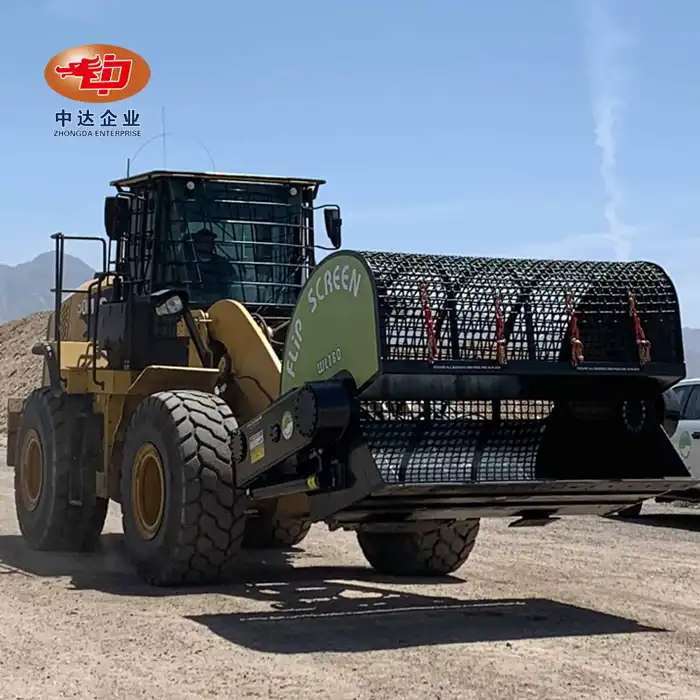
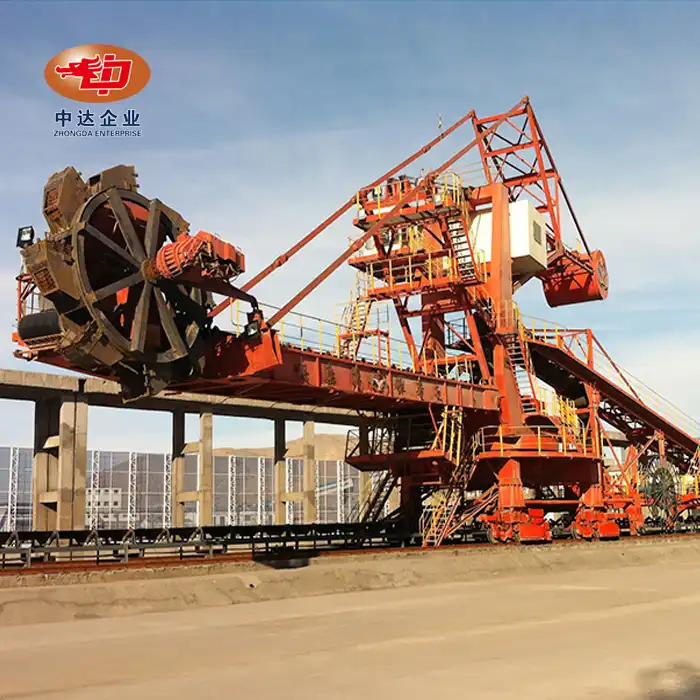
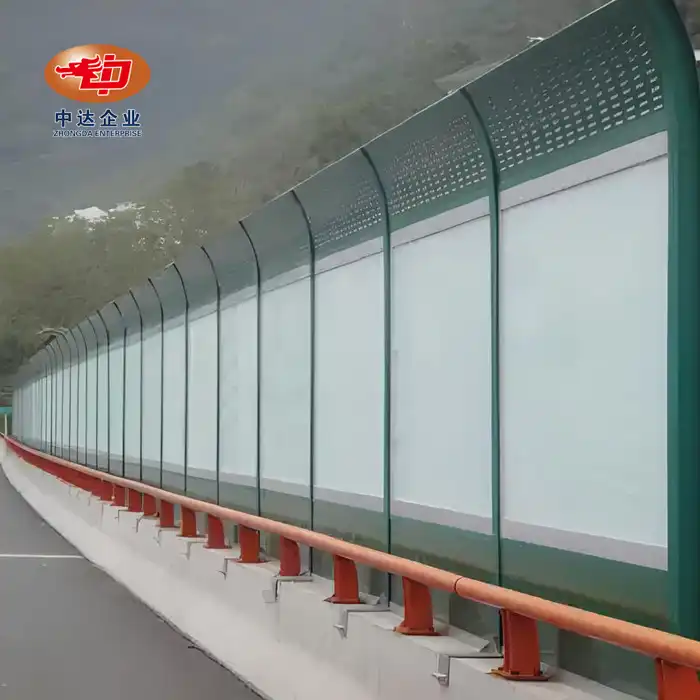
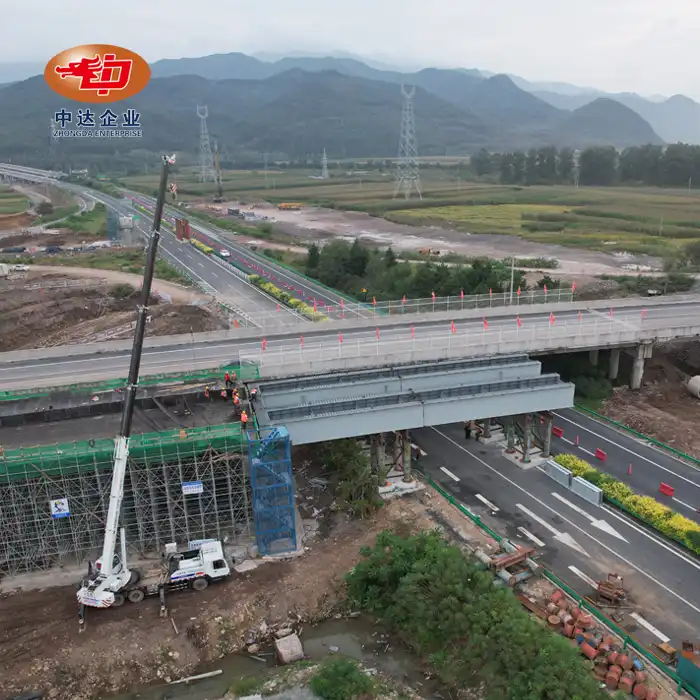
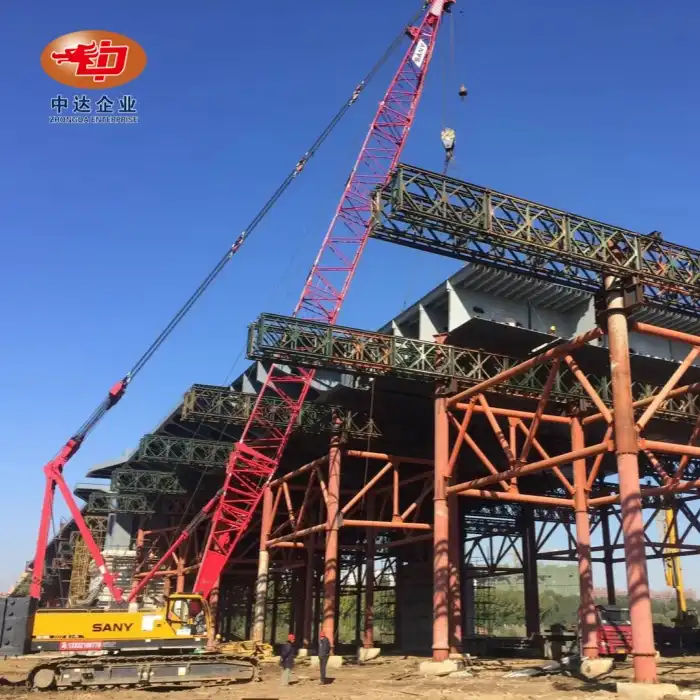
_副本_1754121416739.jpg)

_副本_1755241212578.png)
